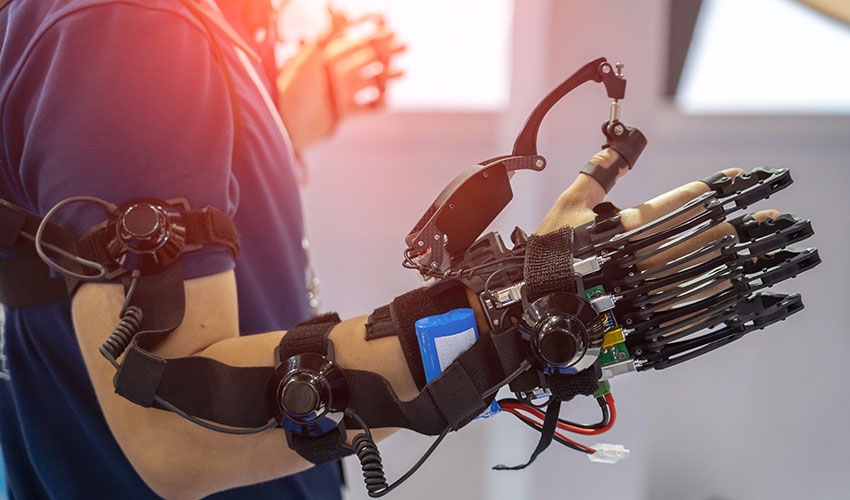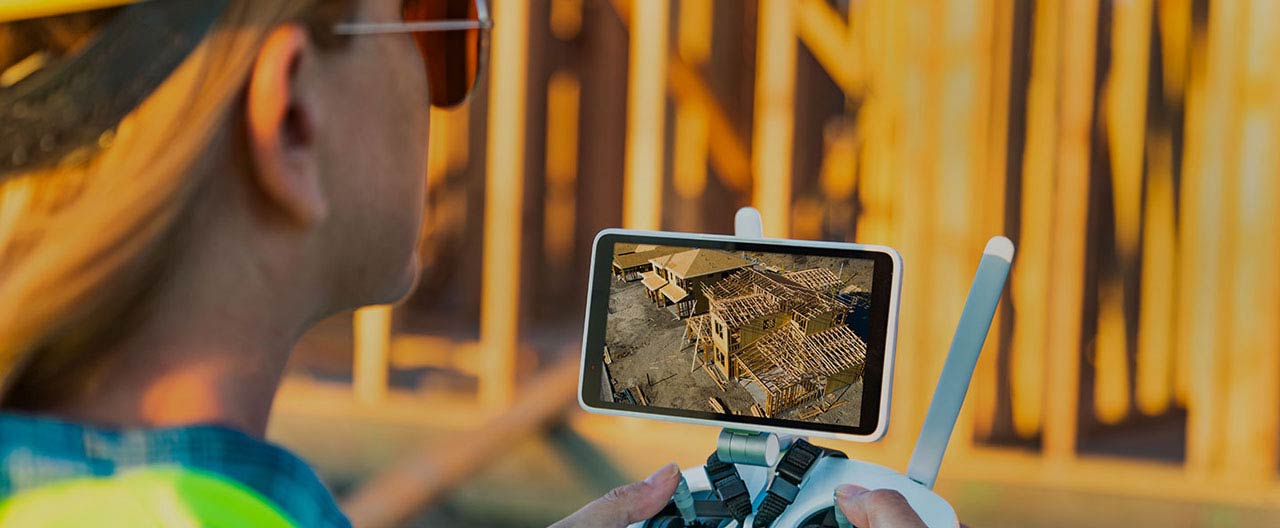- Individuals & Families
- Businesses
- Agents & Brokers
- Embedded Insurance

Chubb ranked #1 for Customer Satisfaction with the Home Insurance Claims Experience

Chubb ranked #1 for Customer Satisfaction with the Home Insurance Claims Experience

Chubb ranked #1 for Customer Satisfaction with the Home Insurance Claims Experience

Chubb ranked #1 for Customer Satisfaction with the Home Insurance Claims Experience

Because pets are family, Chubb now offers pet insurance with top-rated coverage from Healthy Paws.

Chubb offers the insurance protection you need for travel’s many “what ifs”.

Chubb protects small businesses at every stage – from newly formed start-ups to long-time anchors of the community.

Stay ahead of cyber threats with our free Cyber Claims Landscape Report.

Learn more about our dedicated learning paths, Online Learning Center, and more.

Many digital-savvy consumers look for it as a core or add-on option.

Many digital-savvy consumers look for it as a core or add-on option.

Many digital-savvy consumers look for it as a core or add-on option.

Chubb’s in-house technology makes it easy to integrate what we do into your customer experience.
-
About
-
Claims
-
Login & Pay Bill
For Agents & BrokersFor Travel Advisors
-
Back
Rapid innovation in technology is impacting every corner of business operations—and workplace safety is no exception. Advances in nanotechnology, robotics, data analytics, video, and telecommunications are enabling employers to improve workplace safety in a variety of ways, such as better monitoring employees’ health, reducing physical stress, and keeping personnel out of harm’s way. In addition to protecting workers, safety technology can help boost employee morale, reduce turnover, and control business insurance costs.
Virtually any company can benefit from investments in workplace safety technology. Businesses with physically intense operations—such as construction, transportation and warehousing, and farming—may see the greatest benefits from the following four types of safety tech.
1. Wearables
Wearable technologies are now available that can help lower the frequency and severity of injury to workers. Wearable technology falls into four categories:
- Physiological Monitoring - Devices that track body temperature, heart rate, respiration, and other physiological measurements can help determine when a worker is fatigued or stressed and therefore at greater risk of injury.
- Environmental Monitoring - These wearables can alert your employees of unsafe air quality or temperature conditions that could cause injuries.
- Proximity Detection - This type of wearable, which can be embedded in personal protective equipment (PPE) like hardhats, can help prevent employees from entering hazardous areas or getting too close to equipment.
- Exoskeletons and Exosuits - By providing assistive force for physical tasks, such as heavy lifting or standing for long periods, these wearables can help prevent injuries and enable injured employees to return to work more quickly.
Be aware that adapting some wearable technologies may raise privacy concerns with your employees.

2. Drones and robots
Manufacturing robots that perform repetitive and lifting tasks have long enabled businesses to reduce workplace injuries. Now your business may be able to further improve workplace safety by assigning higher-risk tasks to sophisticated, highly mobile drones and robots.
Drones—or Unmanned Aircraft Systems (UAS)—can be used by businesses such as construction companies and manufacturers to minimize employees’ exposure to falls and other risks by inspecting sites and monitoring operations. Similarly, robots can access hazardous, difficult-to-reach locations—such as tunnels and storage tanks—to perform inspections and collect samples.
3. Safety apps
Smartphone apps are one of the easiest ways to leverage technology to assess, monitor, and improve workplace safety. Available apps—many of which are free— enable workers and supervisors to evaluate tasks and working conditions by, for example, measuring noise hazards, promoting ladder safety and safe lifting, and providing guidance on handling hazardous materials. Some sector-specific apps also support workplace safety by helping businesses remain compliant with occupational safety regulations.
4. VR and AR
Today, many tech vendors are already offering Virtual reality (VR) safety training programs that can enable your employees to practice using equipment and simulate working environments that pose potential risks. VR can also be used for training drills, such as fire evacuations. Looking into the future, virtual reality and augmented reality (AR) technologies may be increasingly used to simulate tasks to measure and reduce risks—before a worker starts the actual job.
The high costs of workplace accidents
When evaluating your occupational safety and workers compensation insurance options, consider more than premium costs and claims handling. A workplace injury can hurt morale and productivity, as well as generate costs associated with turnover and absenteeism. Ask your insurer about services that will help you improve workplace safety and reduce accidents in the first place. Your insurer may be able to help you identify technologies best suited to improve worker safety at your business.
Insights and expertise








This document is advisory in nature and is offered as a resource to be used together with your professional insurance advisors in maintaining a loss prevention program. It is an overview only, and is not intended as a substitute for consultation with your insurance broker, or for legal, engineering or other professional advice.
Chubb is the marketing name used to refer to subsidiaries of Chubb Limited providing insurance and related services. For a list of these subsidiaries, please visit our website at www.chubb.com. Insurance provided by ACE American Insurance Company and its U.S. based Chubb underwriting company affiliates. All products may not be available in all states. This communication contains product summaries only. Coverage is subject to the language of the policies as actually issued. Surplus lines insurance sold only through licensed surplus lines producers. Chubb, 202 Hall's Mill Road, Whitehouse Station, NJ 08889-1600.


